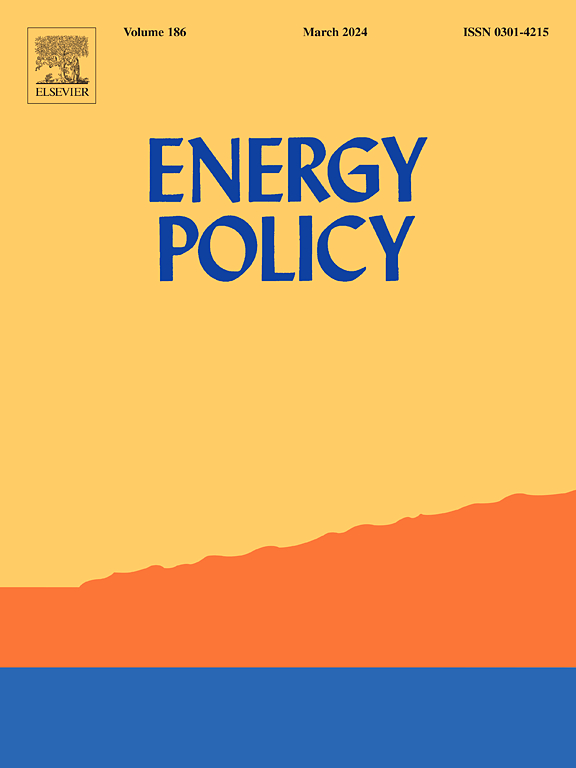Counteracting the duck curve: Prosumage with time-varying import and export electricity tariffs
IF 9.3
2区 经济学
Q1 ECONOMICS
引用次数: 0
Abstract
Australia is a frontrunner in household solar photovoltaic (PV) adoption, which has helped to accelerate the energy transition but has changed demand such that the power system faces operational challenges, known as the solar ‘duck curve’. The growing adoption of household batteries will change demand once again and policymakers have the means to reshape this demand through time-varying tariffs. This study evaluates the impact of time-varying import and export tariffs on household load profiles using data from 400 Melbourne households, each equipped with a 9 kWP PV and 12 kWh battery, and a dispatch optimisation model.
Our findings indicate that time-varying export tariffs have significantly more influence on residual load profiles compared to time-varying import tariffs. With time-varying import tariffs only, households still maintain grid feed-in during the day and rely on self-consumption in the evening, exacerbating midday feed-in but preventing peak demand growth. We find that time-varying export tariffs alone reduce midday feed-in by 55.6% and extend exports past sunset. This actively counteracts the ‘duck curve’ by reducing midday feed-in and decreasing peak evening operational demand. This suggests that time-varying export tariffs may be a useful policy lever to enhance grid utilisation and renewable energy integration.
求助全文
约1分钟内获得全文
求助全文
来源期刊

Energy Policy
管理科学-环境科学
CiteScore
17.30
自引率
5.60%
发文量
540
审稿时长
7.9 months
期刊介绍:
Energy policy is the manner in which a given entity (often governmental) has decided to address issues of energy development including energy conversion, distribution and use as well as reduction of greenhouse gas emissions in order to contribute to climate change mitigation. The attributes of energy policy may include legislation, international treaties, incentives to investment, guidelines for energy conservation, taxation and other public policy techniques.
Energy policy is closely related to climate change policy because totalled worldwide the energy sector emits more greenhouse gas than other sectors.
 求助内容:
求助内容: 应助结果提醒方式:
应助结果提醒方式:


